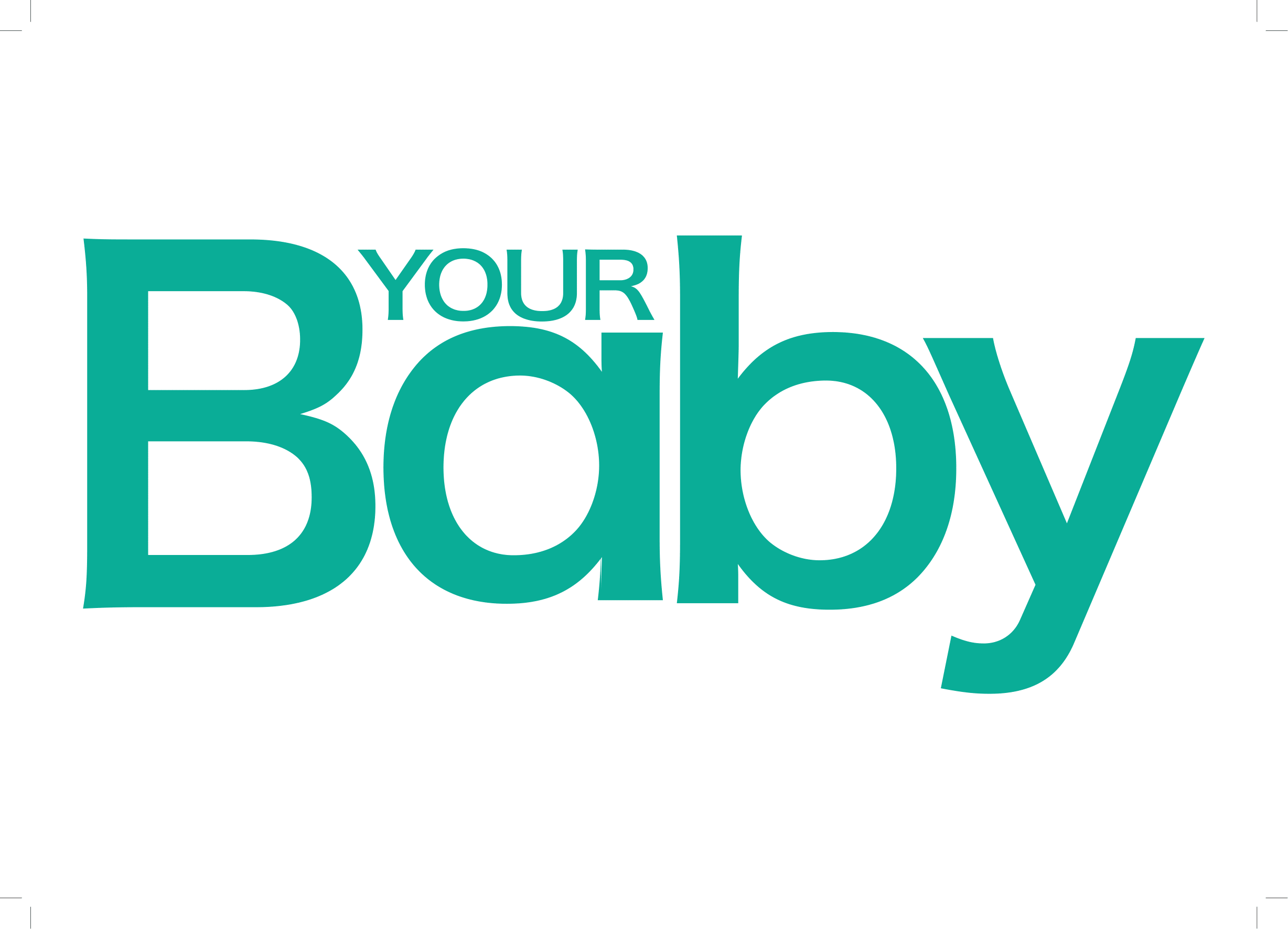
Some little ones breeze through teething, but most are not that lucky. If your six-month-old baby has gone from a content, happy little sleeper and eater, to a generally unhappy one, then chances are she could be teething. If you also notice red and swollen gums and a bump under the skin when touching the gums, then she is probably teething.
On this page you'll find all our other teething stories: The teething instruction manual
Truth: Teething is an unpredictable process
Although it is rare, some babies are born with a tooth or two. “If they are loose or growing at an unusual angle, they will be removed so that there is no risk of them falling out and being swallowed,” says Dr Miriam Stoppard in her book Complete Baby and Childcare.
Having a child who starts teething as young as four months or one who has no teeth by her first birthday is also rare, but both normal.
As a general rule however, teething starts at around six months. Although the order of eruption can vary, you can generally expect to see the lower two front teeth first, followed by the upper two front teeth.
During your child’s second year (specifically between 15 and 19 months), most of the canine teeth will appear. These are often way more painful than the remainder of the teeth. By three years old, most little ones will have all 20 of their baby teeth.
Must read: The truths about teething
Trick: Easing the pain
1. Apply a topical gel with local anaesthetic or powder directly to the gums
Consult your clinic sister or paediatrician about what over the counter remedies and pain medications are safe.
2. Giving your baby something to chew on as a soother
- Teething rings are useful and are available at most baby stores. These and dummies can also be placed in the fridge. Or try giving your baby a clean facecloth that has been folded into a triangle and placed in the freezer for a while.
Once baby is comfortably on solids and starting finger foods, you can offer them:
- Something cold to gnaw on works wonders on your baby’s sore gums. Frozen pieces of fruit work well.
- “Chewy food like carrots, raw vegetables and fruit can soothe red swollen gums and will also strengthen jaw muscles,” explains Dr Stoppard. “They strengthen teeth and have a cleansing effect as the fibres within them are shredded during the chewing process.” Teething biscuits.
Tip: When in doubt see your doctor
“The signs of teething can be rather confusing,” says paediatrician Dr Deon Smith. Many parents will agree. Some
children will not have all the necessary symptoms and one day you notice a tooth – seemingly out of the blue.
"Lots of drooling, a runny nose, small loss of appetite, a slight temperature (between 37.4°C and 37.5°C), slightly looser stools and occasionally red spots around the mouth can all be attributed to teething.
“But, when your baby has a temperature of 38°C, has very watery and smelly stools, has an extreme loss of appetite or is vomiting, it is very likely that something else is wrong,” says Dr Smith. In this case, you will need to take your baby to the doctor.
At what age did your baby teeth? Did she struggle or did the teeth just pop out? Send your stories to chatback@parent24.com and we may publish them.




 Publications
Publications
 Partners
Partners














